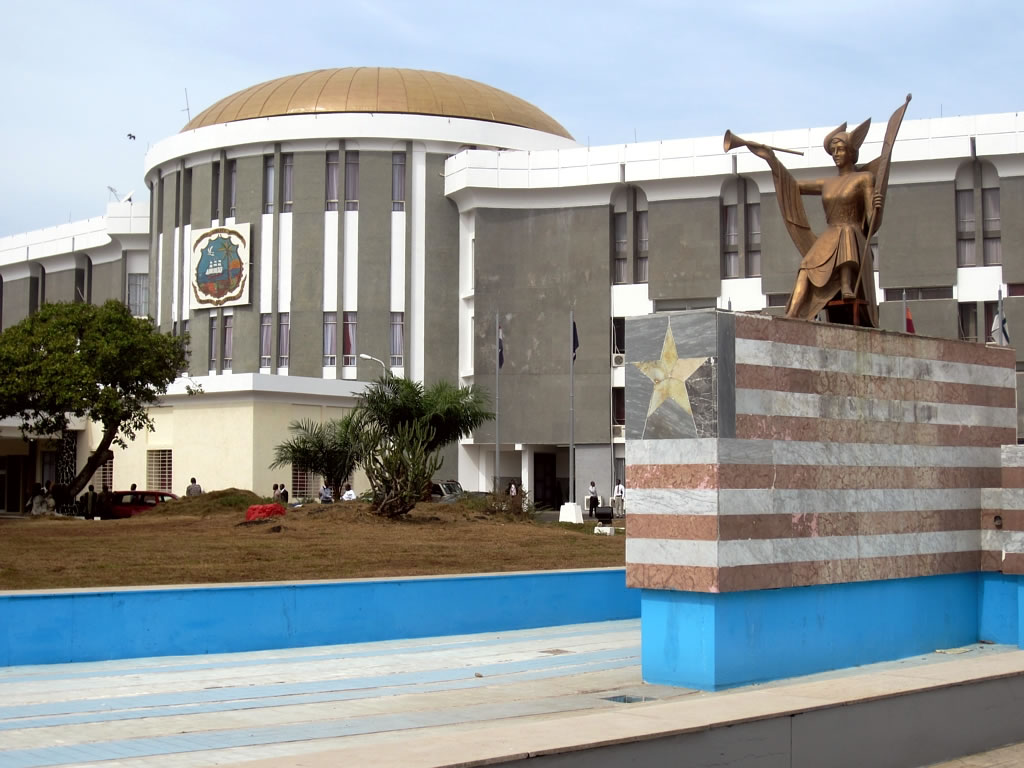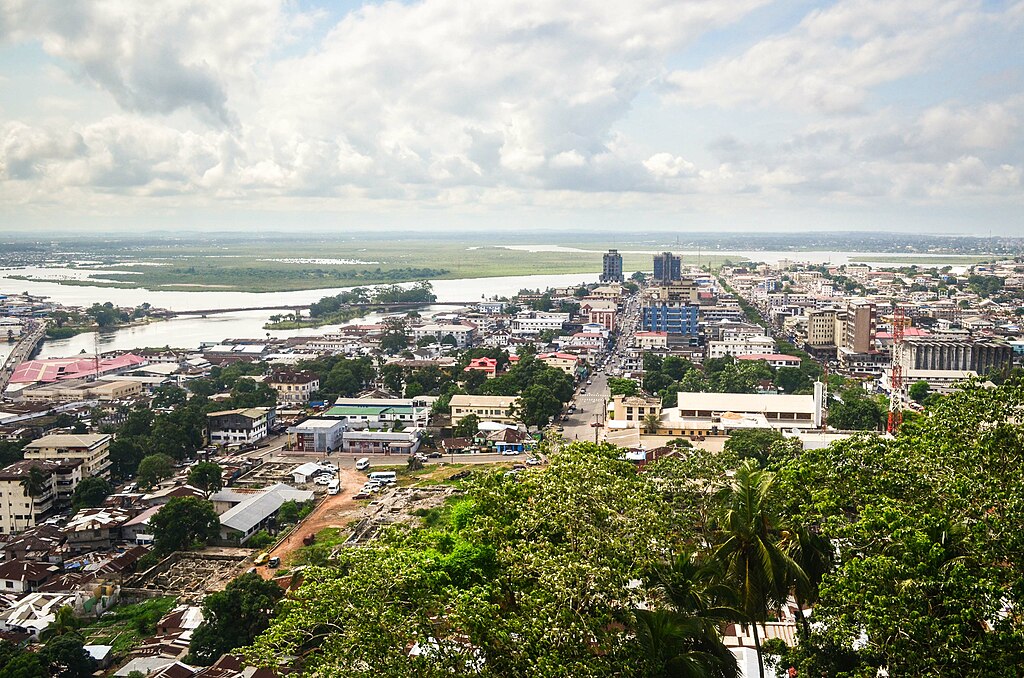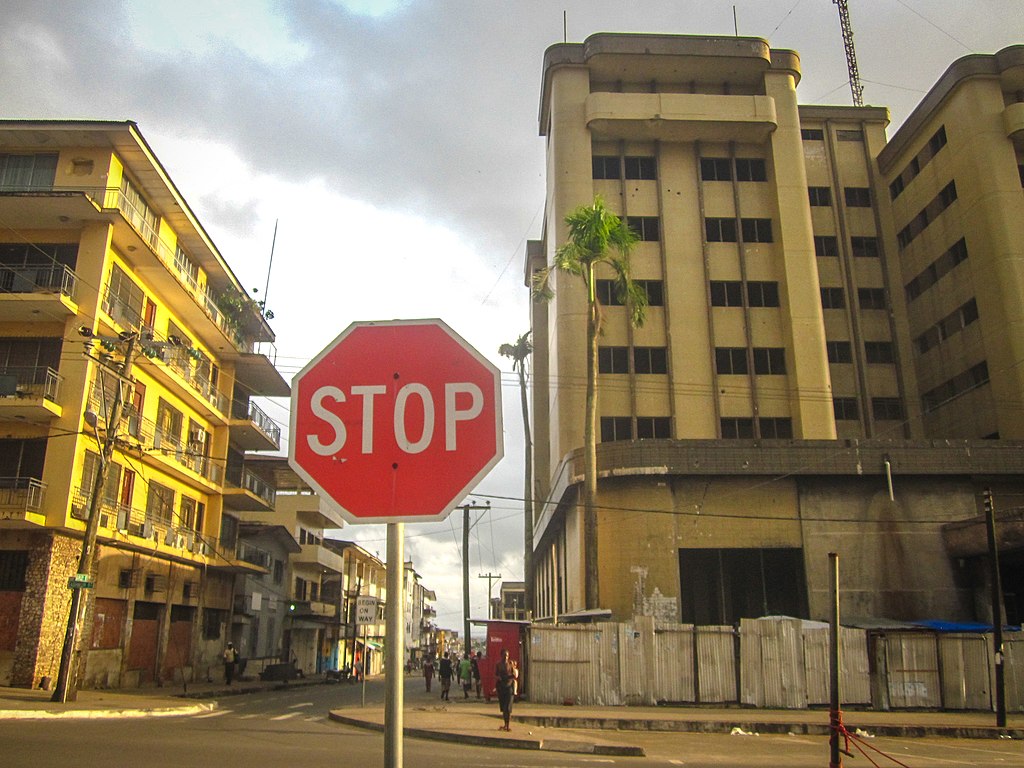About Liberia
About Liberia
Unlocking Liberia’s Potential for Secure and Strategic Growth
Liberia officially the Republic of Liberia, is a country on the West African coast. It is bordered by Sierra Leone to its west, Guinea to its north and Ivory Coast to its east. The country’s capital and largest city is Monrovia.
Forests on the coastline are composed mostly of salt-tolerant mangrove trees, while the more sparsely populated inland has forests opening onto a plateau of drier grasslands. The climate is equatorial, with significant rainfall during the May–October rainy season and harsh harmattan winds the remainder of the year. Liberia possesses about forty percent of the remaining Upper Guinean rainforest. It was an important producer of rubber in the early 20th century.

Population
5.418 million
Language
English
Currency
Liberian Dollar (LRD)

Political Structure
The government of Liberia, modeled on the government of the United States, is a unitary constitutional republic and representative democracy as established by the Constitution. The government has three co-equal branches of government: the executive, headed by the president; the legislative, consisting of the bicameral Legislature of Liberia; and the judicial, consisting of the Supreme Court and several lower courts.
Infrastructure and Economy
The Central Bank of Liberia is responsible for printing and maintaining the Liberian dollar, which is the primary form of currency in Liberia. Liberia is one of the world’s poorest countries, with a formal employment rate of 15%. GDP per capita peaked in 1980 at US$ 496, when it was comparable to Egypt’s (at the time). In 2011, the country’s nominal GDP was US$ 1.154 billion, while nominal GDP per capita stood at US$ 297, the third-lowest in the world. Historically, the Liberian economy has depended heavily on foreign aid, foreign direct investment and exports of natural resources such as iron ore, rubber and timber.

